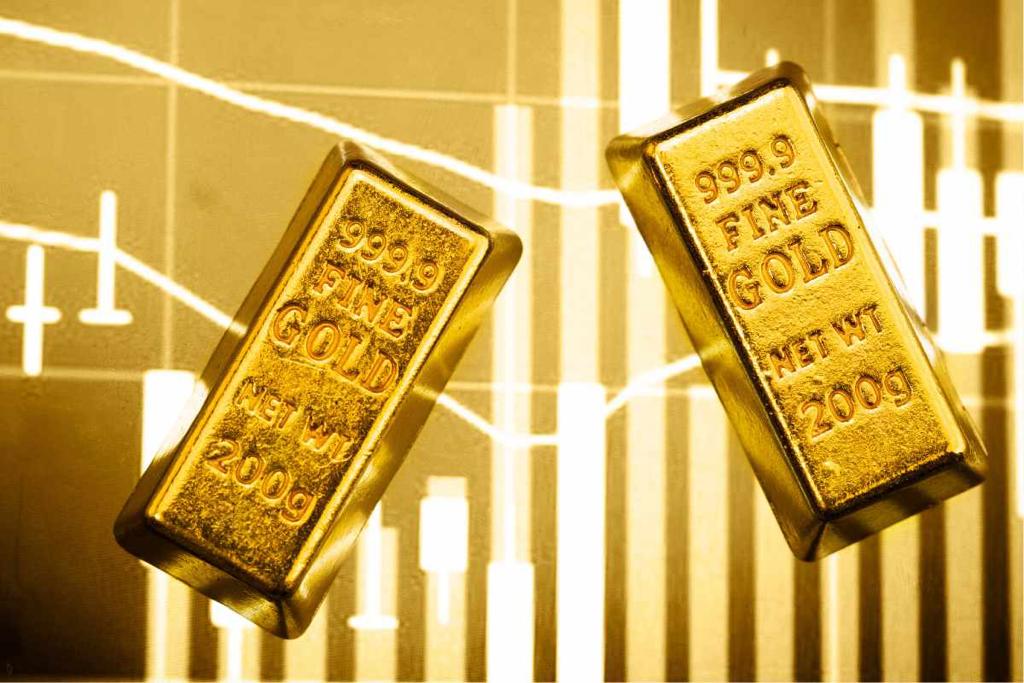Gold prices in the UAE opened the week with a slight decrease of AED1 per gram for the 24k variant, trading at AED246 per gram. This decline in price was reported by the Dubai Jewelry Group, indicating a small shift in the market.
In contrast, early Asian trade showed gold prices holding steady as the positive US jobs report indicated a potential delay in a March rate cut, with Federal Reserve chairman Jerome Powell suggesting that the first interest rate cut is likely to happen in May.
The US Nonfarm Payrolls (NFP) report from last week revealed better-than-expected results, which led to an increase in the US dollar and a decrease in the probability of a March rate cut, affecting gold’s appeal due to its lack of yield. However, ongoing geopolitical tensions in the Middle East may provide some support for gold prices despite these factors.
Moving forward, analysts are closely monitoring the impact of Middle East tensions on gold prices and keeping an eye on U.S. monetary policy. While some believe that gold prices will not exceed the $2045 level and could potentially drop to $2016 before rising again, market players will also be paying attention to the Chinese Caixin Services PMI and U.S. ISM Services PMI data for further direction on gold prices.
The gold market remains sensitive to a complex interplay of economic and geopolitical factors, making it essential for traders and investors to stay informed and adapt to the evolving landscape. This article provides a glimpse into the nuanced dynamics at play in the gold market, showcasing the intricate balance of global influences on precious metal prices.









